
Best Quantum Computing ETFs
Quantum computing ETFs pool investments in firms developing quantum mechanical hardware, software, and surrounding AI innovations. This allows investors to gain diversified exposure to this emerging technology.
Defiance Quantum ETF (QTUM)
This ETF tracks the BlueStar Quantum Computing and Machine Learning Index. It holds approximately 80 companies, mixing pure-play quantum specialists like IonQ and Arqit with established tech giants such as Nvidia and Intel.
Important Measures (as of July 10, 2025)
Price (Close)
1-Year Return
YTD Return
Expense Ratio
Beta (5Y)
Yield
Why It Stands Out
QTUM offers a balanced approach to the quantum sector. By blending focused, high-growth potential quantum names with the stability and resources of broader AI and technology leaders, it aims for balanced growth while mitigating some of the volatility of pure-play startups.
Holdings and Sector Allocation
As of July 11, 2025, the fund holds 79 companies, with a strong focus on technology and industrial sectors.
Top 10 Holdings
| Name | Symbol | % Net Assets |
|---|---|---|
| Arqit Quantum Inc | ARQQ | 1.72% |
| Oracle Corp | ORCL | 1.63% |
| Advanced Micro Devices Inc | AMD | 1.45% |
| Alchip Technologies Ltd | 3661 TT | 1.44% |
| Hewlett Packard Enterprise Co | HPE | 1.43% |
| Intel Corp | INTC | 1.41% |
| Ionq Inc | IONQ | 1.41% |
| Applied Materials Inc | AMAT | 1.40% |
| Coherent Corp | COHR | 1.40% |
| Nvidia Corp | NVDA | 1.40% |
Sector Weightings
Tradr 2× Long QUBT Daily ETF (QUBX)
This financial product is designed for a very different purpose than a diversified ETF like QTUM.
Objective
To deliver double (2×) the daily performance of an individual quantum company.
Structure
2× leveraged with single-stock concentration.
Expense Ratio
Suitability
QUBX is a high-risk instrument intended for short-term trading only. It is only suitable for experienced investors who understand the complexities of leverage and daily resets, and who can actively manage the high risk involved. It is not a buy-and-hold investment.
Why Investors Care: A Direct Comparison
Choosing between these two options depends entirely on an investor's strategy, risk tolerance, and time horizon.
| Feature | QTUM (Diversified) | QUBX (Leveraged) |
|---|---|---|
| Number of Holdings | ~80 | 1 (leveraged on one company) |
| Risk Profile | Moderate (risk spread across many companies) | Very High (2× leverage + single company concentration) |
| AI/Tech Alignment | Explicit machine learning and AI emphasis in the index | Indirect, based only on the single company's exposure |
| Typical Investor | Long-term growth seekers looking for broad sector exposure | Active traders and speculators making short-term bets |
| Cost & Complexity | Mid-range expense ratio (0.40%) suitable for most portfolios | High expense ratio (1.30%) and complex structure requiring constant monitoring |
Key Takeaways
- Diversification vs. Focus: QTUM’s wide roster helps smooth out the volatility of individual companies, whereas QUBX is designed to amplify the daily moves of just one firm.
- AI Synergies: QTUM specifically targets the convergence of quantum and machine learning, offering exposure to both fields.
Disclaimer: All data is presented for informational purposes based on the provided text, dated July 2025. Investment decisions should be made based on personal research and consultation with a financial advisor. Past performance is not indicative of future results.

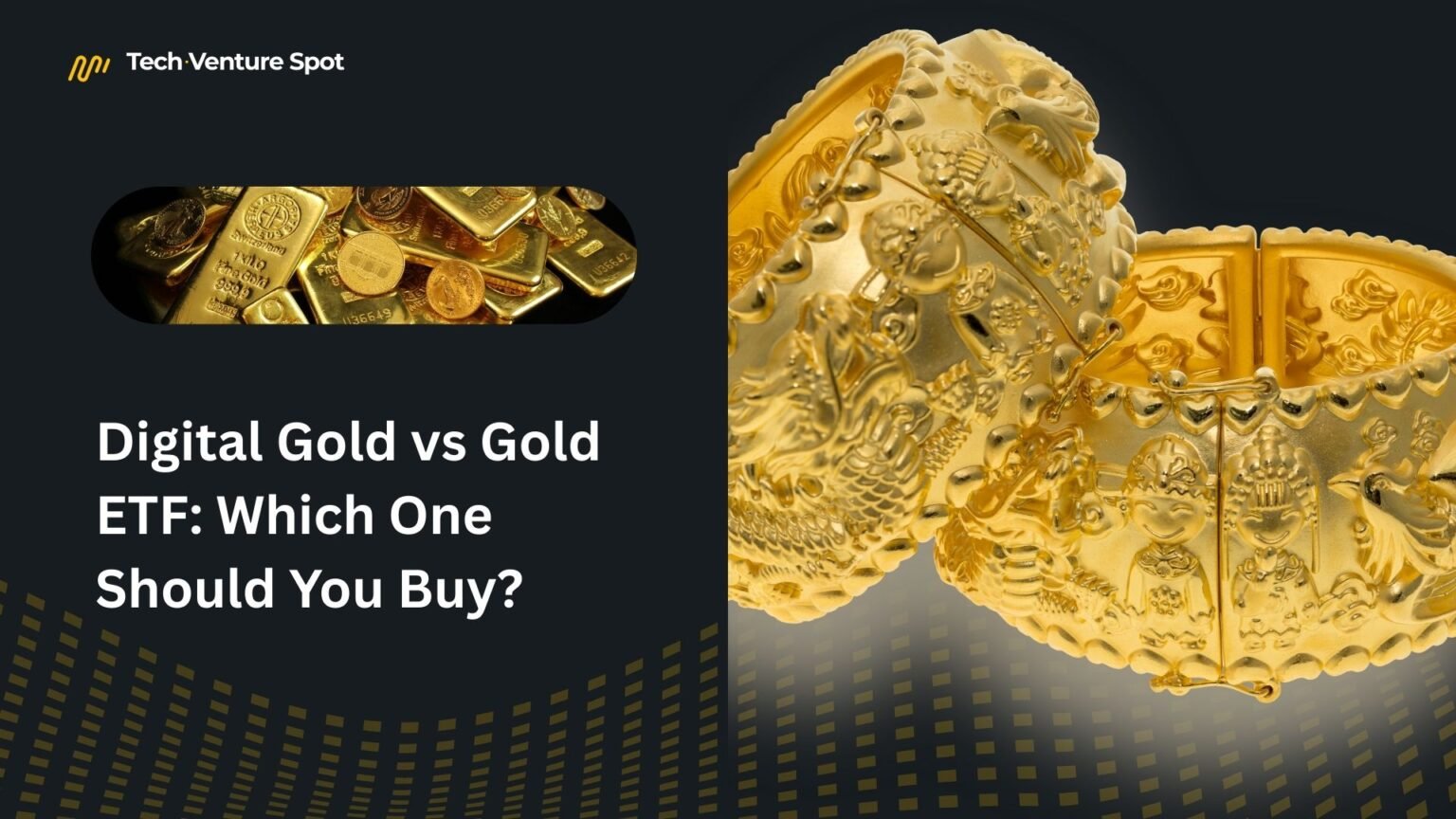
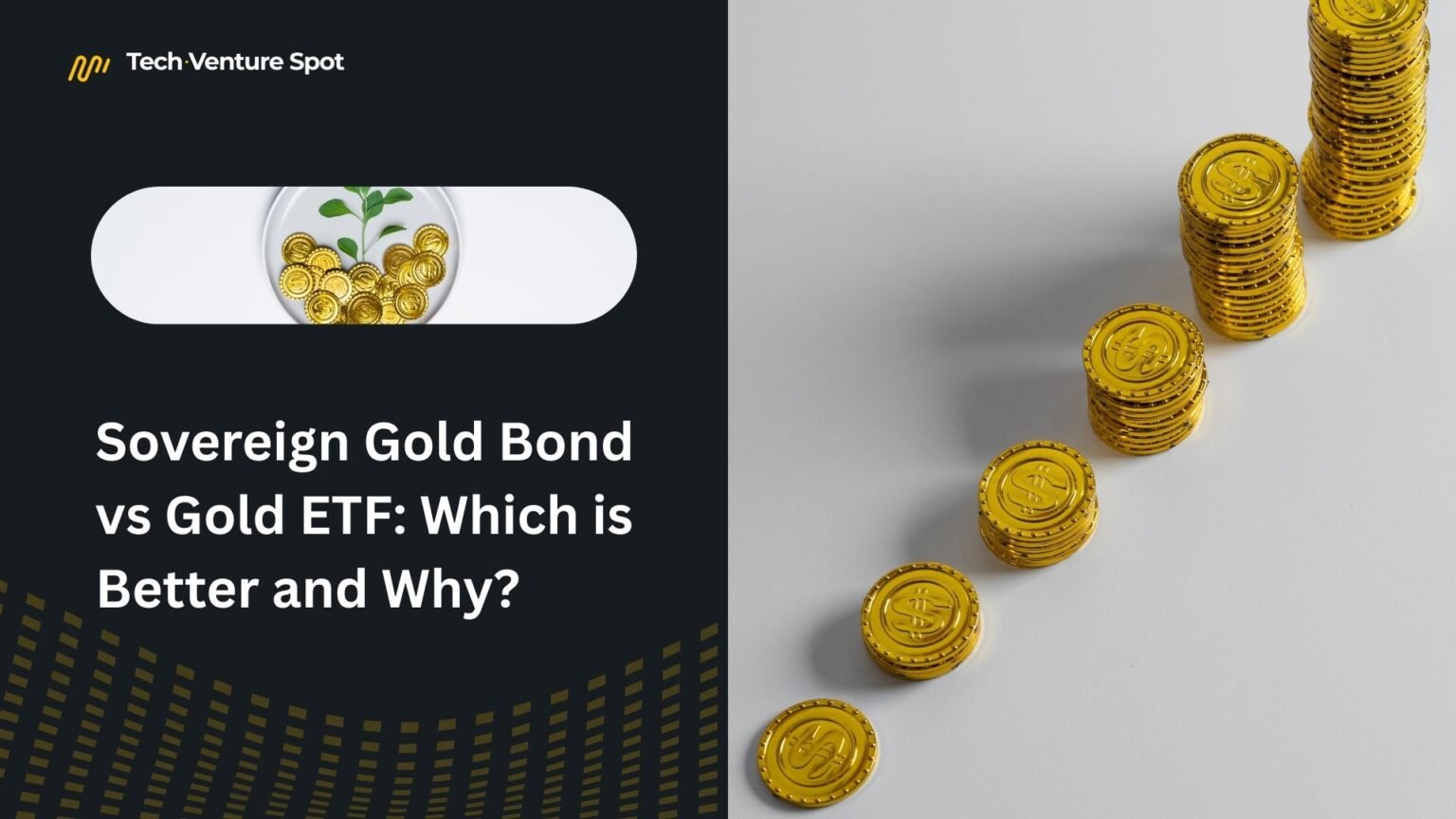

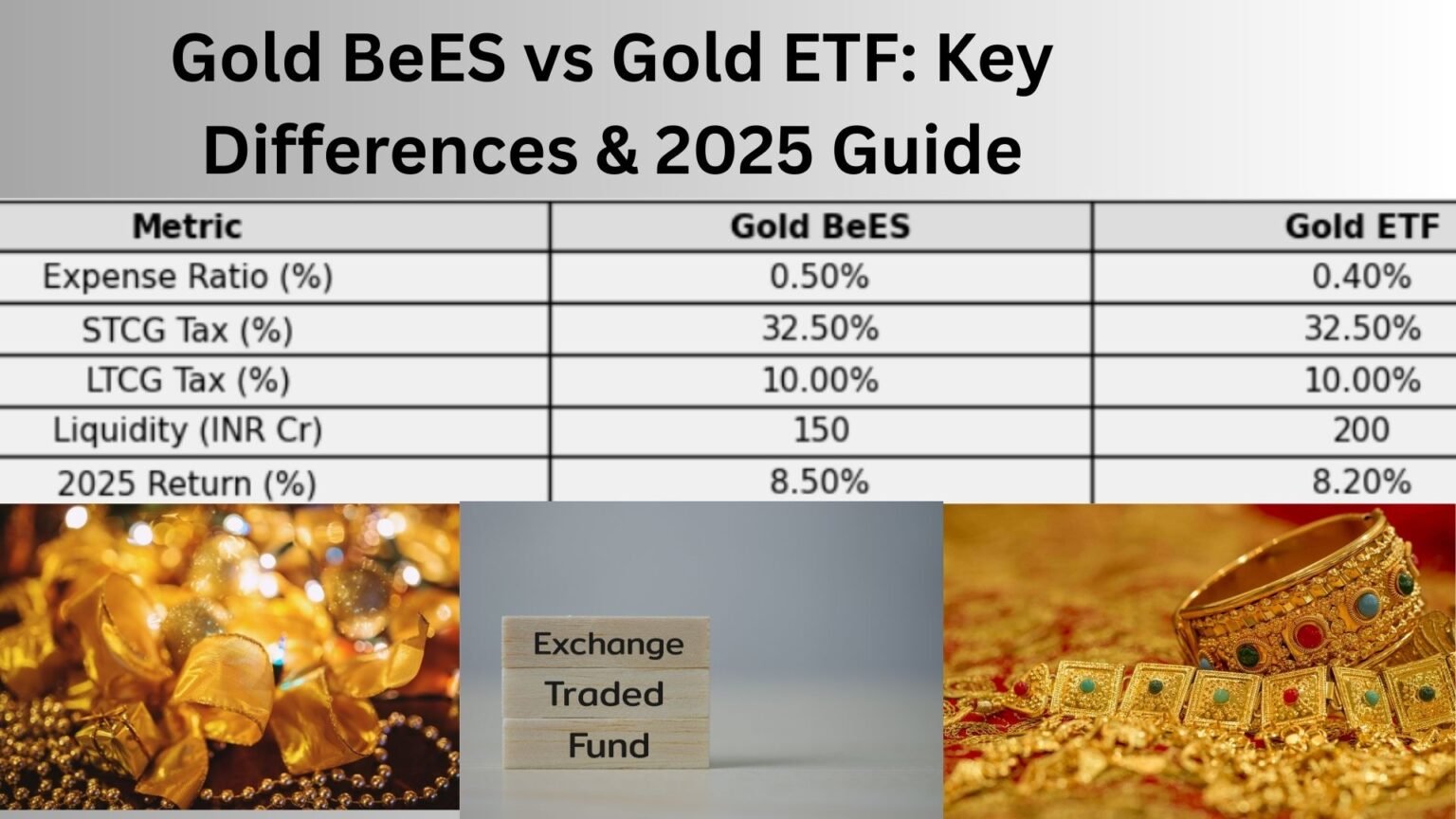
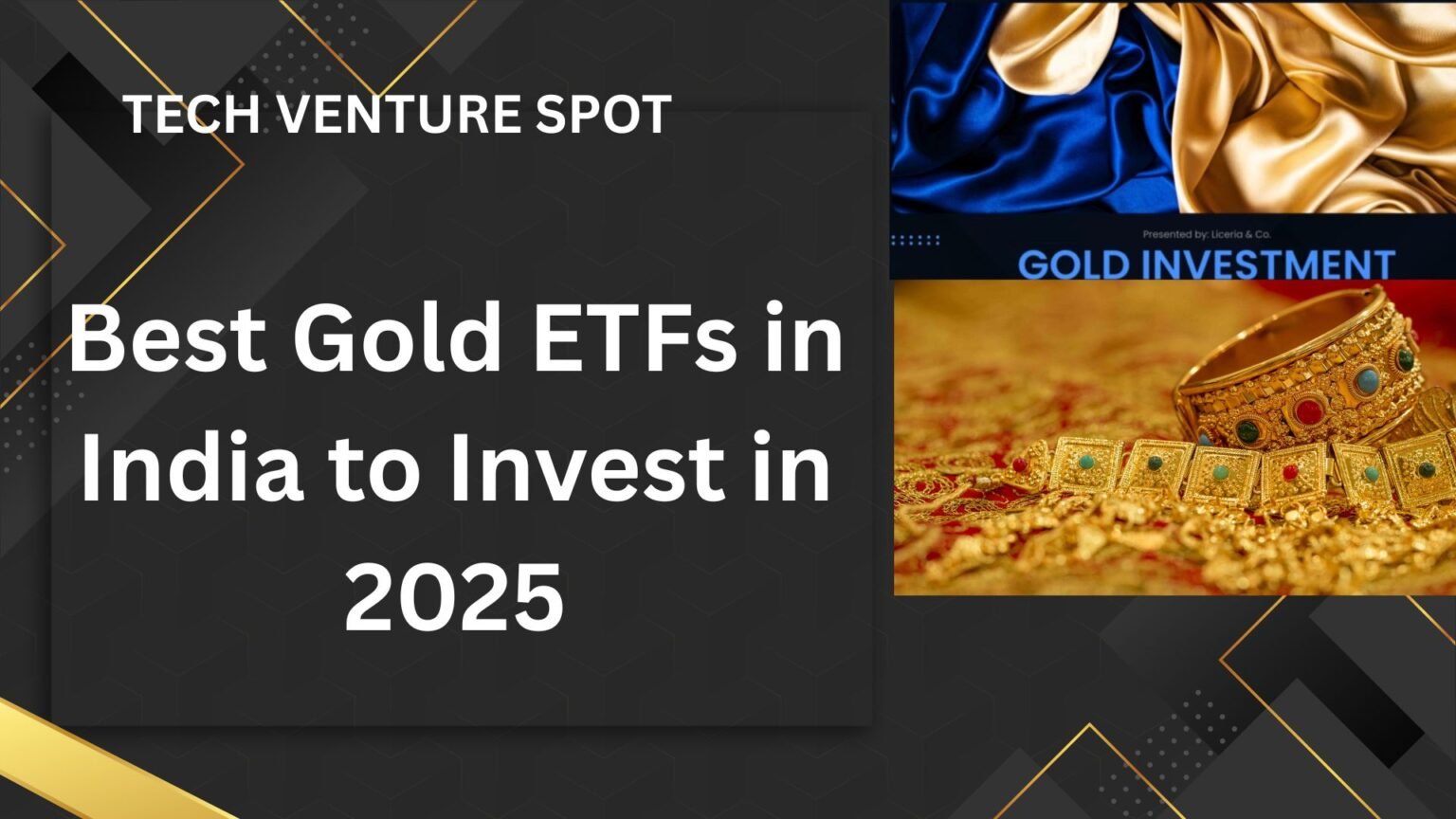
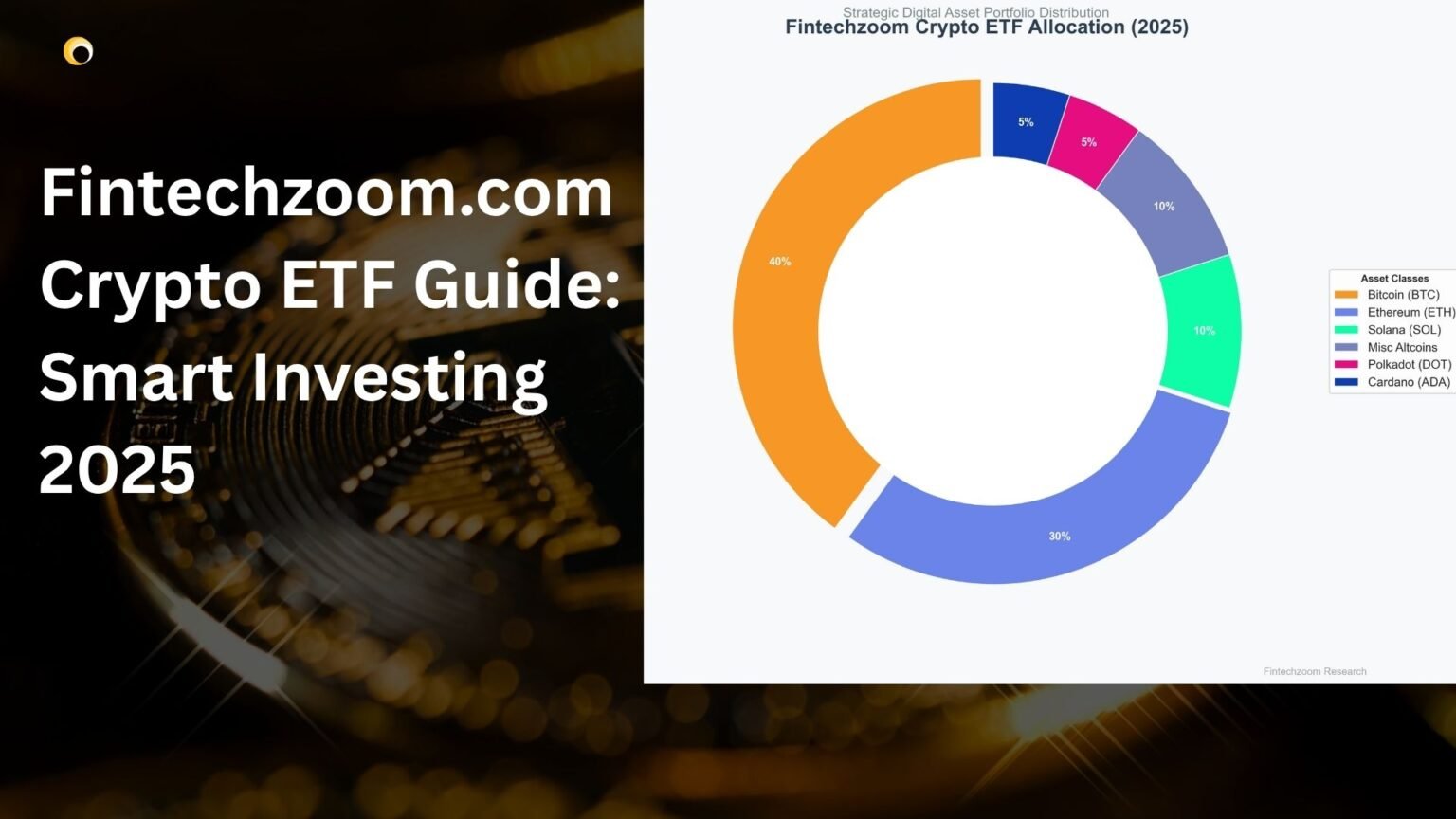
Hey there! This post couldn’t be written any better! Reading this post reminds me of my old room mate!
He always kept talking about this. I will forward this write-up to him.
Pretty sure he will have a good read. Thanks for sharing!